Premium Only Content
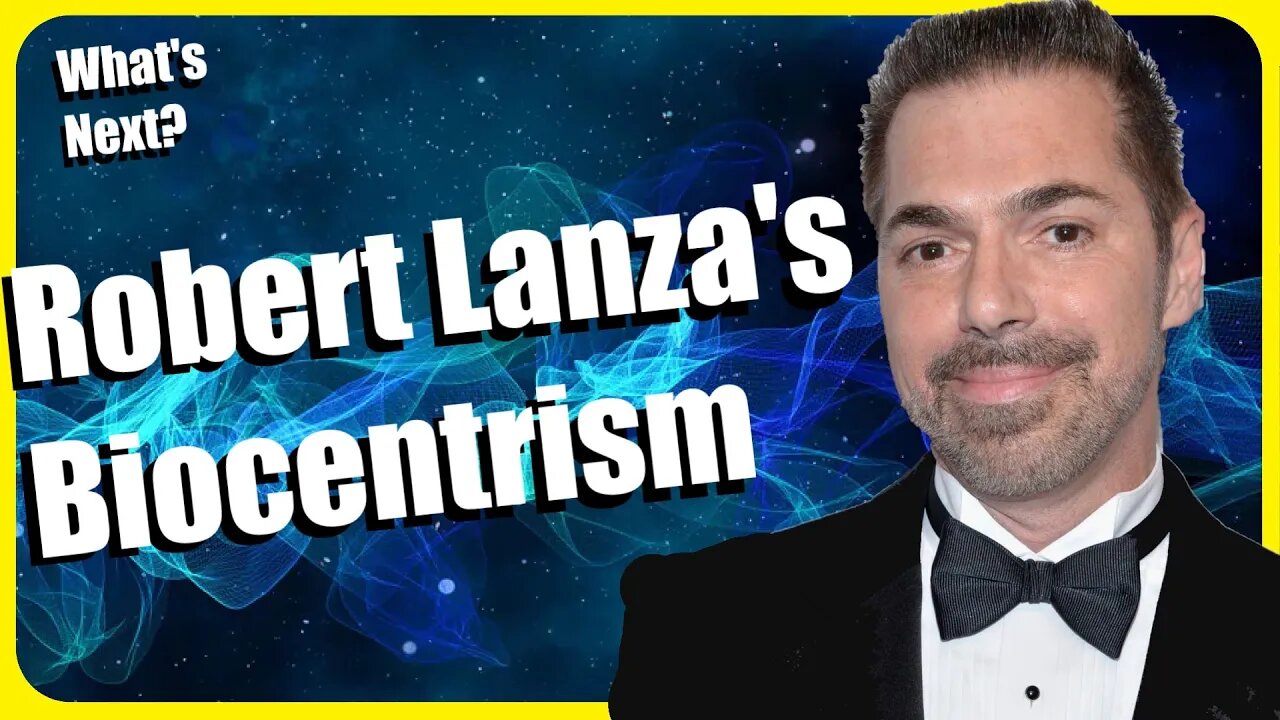
Dr Robert Lanza - Biocentrism and The Biocentric Universe (in sci-fi)
What's Next? on ODYSEE - https://odysee.com/@WhatsNext:5?view=content
WhatsNextVids on RUMBLE - https://rumble.com/user/WhatsNextVids
Whats.Next on BITCHUTE - https://www.bitchute.com/channel/Yq06nyAcliTf/
Patreon - https://www.patreon.com/user?u=37594401
Buy Me A Coffee? - https://www.buymeacoffee.com/whats.next
Donate With Cash App - https://cash.app/$YTpayments
Get Mentioned In Future Videos By Joining PATREON For As Little As $5 A Month
(and gain access to DOZENS of videos!)
Support Direct Improvements To The Channel With BUY ME A COFFEE
Or Make Direct Contributions With No Strings Attached With CASH APP
WANT MORE GREAT CONTENT?
SUBSCRIBE 2 THESE GREAT CHANNELS!
Vega Astro - https://www.youtube.com/channel/UCejLQCRfKR1XAmDeRRv3ifA
Terran Space Academy - https://www.youtube.com/channel/UCGzgxO2YKjk9yYKLwBjyeVA
Mars Matters - https://www.youtube.com/channel/UCPFLOxf5-AgE0QlaXhzol_Q
The Grand Biocentric Design: How Life Creates Reality
Biocentrism: How Life and Consciousness are the Keys to Understanding the True Nature of the Universe
Beyond Biocentrism: Rethinking Time, Space, Consciousness, and the Illusion of Death
Observer
One World: The Health & Survival of the Human Species in the 21st Century
by Robert Lanza
Principles of Tissue Engineering
Methods of Tissue Engineering
Handbook of Stem Cells: Embryonic/Adult and Fetal Stem Cells
Pancreatic Islet Transplantation
In 2007 Lanza's article "A New Theory of the Universe" appeared in The American Scholar.[32] The essay proposed Lanza's idea of a biocentric universe, which places biology above the other sciences.[33][34][35] Lanza's book Biocentrism: How Life and Consciousness are the Keys to Understanding the Universe followed in 2009, co-written with Bob Berman.[36]
Lanza's biocentric hypothesis met with a mixed reception.[37] Nobel laureate in medicine E. Donnall Thomas stated that "Any short statement does not do justice to such a scholarly work. The work is a scholarly consideration of science and philosophy that brings biology into the central role in unifying the whole."[1] Arizona State University physicist and antitheist activist Lawrence Krauss stated: "There are no scientific breakthroughs about anything, as far as I can see. It may represent interesting philosophy, but it doesn't look, at first glance, as if it will change anything about science."[1] In USA Today Online, astrophysicist and science writer David Lindley asserted that Lanza's concept was a "...vague, inarticulate metaphor..." and stated that "...I certainly don't see how thinking his way would lead you into any new sort of scientific or philosophical insight. That's all very nice, I would say to Lanza, but now what?"[38] Daniel Dennett, a Tufts University philosopher and eliminative materialist, said he did not think the concept meets the standard of a philosophical theory. "It looks like an opposite of a theory, because he doesn't explain how [consciousness] happens at all. He's stopping where the fun begins."[1]
Lanza subsequently published several books that further developed his concept of biocentrism including a 2016 book, Beyond Biocentrism: Rethinking Time, Space, Consciousness, and the Illusion of Death, and a third, The Grand Biocentric Design: How Life Creates Reality, written with Bob Berman and theoretical physicist Matej Pavšič, and published in 2020.
https://theamericanscholar.org/a-new-theory-of-the-universe/
A New Theory of the Universe
Biocentrism builds on quantum physics by putting life into the equation
The world is not, on the whole, the place we have learned about in our school books. This point was hammered home one recent night as I crossed the causeway of the small island where I live. The pond was dark and still. Several strange glowing objects caught my attention on the side of the road, and I squatted down to observe one of them with my flashlight. The creature turned out to be a glowworm, the luminous larva of the European beetle Lampyris noctiluca. Its segmented little oval body was primitive—like some trilobite that had just crawled out of the Cambrian Sea 500 million years ago. There we were, the beetle and I, two living objects that had entered into each others’ world. It ceased emitting its greenish light, and I, for my part, turned off my flashlight. I wondered if our interaction was different from that of any other two objects in the universe. Was this primitive little grub just another collection of atoms—proteins and molecules spinning away like the planets round the sun? Had science reduced life to the level of a mechanist’s logic, or was this wingless beetle, by virtue of being a living creature, creating its own physical reality?
The laws of physics and chemistry can explain the biology of living systems, and I can recite in detail the chemical foundations and cellular organization of animal cells: oxidation, biophysical metabolism, all the carbohydrates and amino acid patterns. But there was more to this luminous little bug.
-
 11:18
11:18
Dr Disrespect
2 days agoDr Disrespect: THE BEST AND WORST OF GAMESCOM 2025
120K20 -
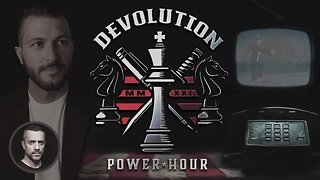 2:10:12
2:10:12
Badlands Media
1 day agoDevolution Power Hour Ep. 383: Epstein, Durham, and the Dictator Narrative
91.1K63 -
 2:40:10
2:40:10
DLDAfterDark
10 hours ago $0.43 earnedDLD Live! Feat. Red Dawn Readiness! Glock FRT's - Striker Fire Safety Concerns - ACE Trigger
34.1K5 -
 2:40:21
2:40:21
BlackDiamondGunsandGear
9 hours agoAre ALL Striker Fired Pistols UNSAFE? // After Hours Armory
49.5K11 -
 6:34:50
6:34:50
SpartakusLIVE
13 hours ago#1 Saturday Spartoons on RUMBLE PREMIUM
121K7 -
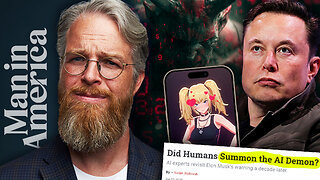 1:04:59
1:04:59
Man in America
14 hours ago“Summoning the Demon” — The AI Agenda Is FAR WORSE Than We Know w/ Kay Rubacek
57.4K44 -
 2:16:48
2:16:48
Tundra Tactical
12 hours ago $0.13 earned🎯💥 The World’s Okayest Gun Show 🔫😂 | LIVE Tonight on Rumble!
39.6K1 -
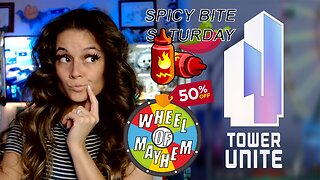 3:36:03
3:36:03
Mally_Mouse
1 day ago🌶️ 🥵Spicy BITE Saturday!! 🥵🌶️- Let's Play: Tower Unite!
63.5K2 -
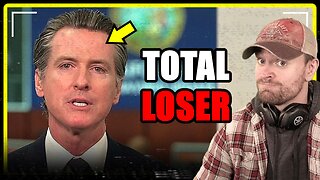 58:59
58:59
MattMorseTV
12 hours ago $1.70 earned🔴Trump just BROKE Newsom.🔴
82.6K92 -
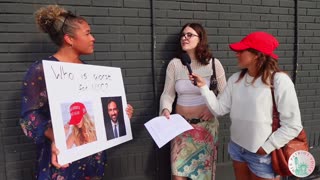 18:14
18:14
Her Patriot Voice
12 hours agoWho Is WORSE for NYC: Trump Girl or Socialist?
61.9K35